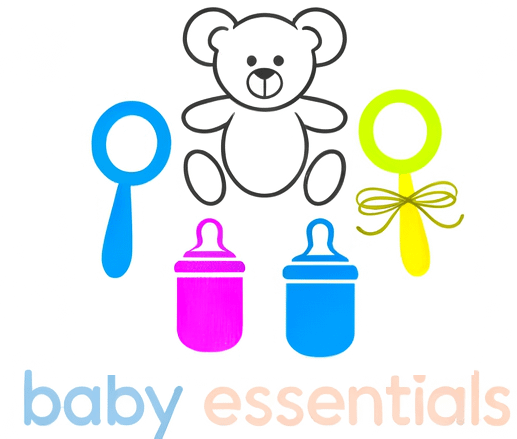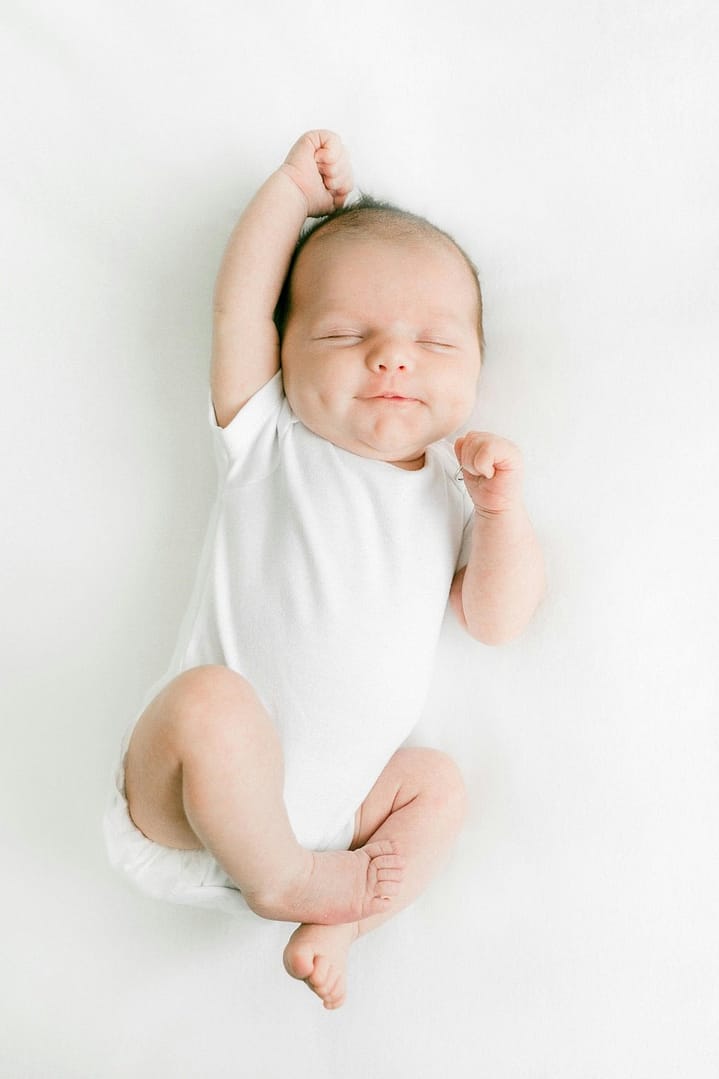Bringing a new baby into the world is a joyous experience, but it also comes with a wave of anxieties – and sleepless nights! One of the biggest concerns for new parents is ensuring their baby’s safety, particularly during sleep. While it’s tempting to fill the cot with soft, comforting items, the latest recommendations focus on simplicity and reducing risk.
This guide will walk you through everything you need to know about safe sleep practices in 2025, giving you the confidence to create a secure and peaceful sleep environment for your little one. We’ll cover everything from the ideal sleep position to room sharing, and debunk some common myths along the way.
Understanding the Risks: SIDS & Sudden Unexpected Infant Death (SUID)
Before we get into the ‘how-to’ of safe sleep, it’s crucial to understand the risks. Sudden Infant Death Syndrome (SIDS) is the unexplained death of a seemingly healthy baby under one year of age. While the exact cause of SIDS remains unknown, research has identified several risk factors.
More broadly, we now talk about Sudden Unexpected Infant Death (SUID), encompassing SIDS, deaths from an unknown cause, and deaths from injuries.
Key risk factors include:
- Sleeping position: Babies who sleep on their stomachs are at a significantly higher risk
- Soft bedding: Items like duvets, pillows, and loose blankets can obstruct breathing
- Overheating: Being too warm increases the risk
- Parental smoking: Exposure to smoke, even before birth, is a major risk factor
- Co-sleeping: Sharing a bed with a parent, especially if the parent smokes, drinks alcohol, or takes medication that causes drowsiness
Fortunately, by following evidence-based safe sleep guidelines, you can dramatically reduce these risks and create a safer sleep environment for your baby.
The ABCs of Safe Sleep (and Beyond!)
The core principles of safe sleep have been summarised as the ABCs, but they’ve expanded in recent years to reflect updated research.
The Traditional ABCs
- A – Alone: Your baby should sleep alone in their cot or Moses basket
- B – Back: Always place your baby on their back to sleep, for naps and at night
- C – Cot: Your baby should sleep in a firm, flat, and separate sleep surface
The Extended Guidelines
- Cool: Avoid overheating. Keep the room at 16-20°C
- Clear: Keep the cot free of any loose items
- Consistent: Establish a consistent bedtime routine

Creating a Safe Sleep Environment: The Cot Setup
Setting up the cot correctly is essential. Here’s your safety checklist:
Essential Requirements
- Firm Mattress: The mattress should be firm, flat, and appropriately sized
- Fitted Sheet: Use only a fitted sheet designed for the mattress
- No Loose Items: Absolutely no pillows, duvets, blankets, bumpers, or toys
- Safe Cot Design: Ensure the cot meets current safety standards
- Positioning: Place away from windows, radiators, and cords
Debunking the Cot Bumper Myth
For years, cot bumpers were considered essential for protecting babies. However, research has shown they pose a significant suffocation and entanglement risk and are no longer recommended.
Room Sharing vs. Bed Sharing: What’s the Difference?
Room Sharing (Recommended)
Room sharing – having your baby sleep in the same room as you (but in their own cot) – is strongly encouraged for the first six months, and ideally up to a year. It’s been shown to reduce the risk of SIDS.
Bed Sharing (Not Recommended)
Bed sharing is not recommended, especially if:
- You smoke (even if you don’t smoke in the bedroom)
- You’ve consumed alcohol or taken drowsiness-causing medication
- Your baby is premature or low birth weight
- You are excessively tired
Special Considerations
Premature Babies and Medical Conditions
Premature babies and those with certain medical conditions may have specific safe sleep needs. Always follow your healthcare provider’s guidance, which may include:
- Different sleep positions in some cases
- Monitoring equipment for breathing or heart rate
- Specific cot setup adjustments for babies with reflux
When to Seek Help
Seek medical attention immediately if:
- Your baby is struggling to breathe
- Your baby is floppy or unresponsive
- Your baby is turning blue
- You have any concerns about your baby’s health

Maintaining Safe Sleep as Baby Grows
As your baby becomes more mobile, continue practising safe sleep:
- Transitioning to a bigger cot: Ensure the new cot meets the same safety standards
- Rolling over: Once the baby can roll both ways consistently, you don’t need to reposition them
- Continuing naps: Follow safe sleep guidelines for daytime naps too
Conclusion
Creating a safe sleep environment is one of the most important things you can do as a new parent. By following these safe sleep practices, you can significantly reduce the risk of SIDS and SUID, giving you peace of mind and allowing both you and your baby to enjoy more restful sleep.
Remember, consistency is key, and don’t hesitate to seek support from your healthcare provider if you have any concerns. Sweet dreams!
FAQs
What’s the safest sleep position for my baby?
Always place your baby on their back to sleep, for both naps and nighttime. This is the single most important thing you can do to reduce SIDS risk. Place them in the “feet to foot” position with their feet touching the end of the cot.
When can I stop worrying about sleep position?
Once your baby can consistently roll from back to front and front to back by themselves, you don’t need to reposition them if they roll over during sleep. However, always start by placing them on their back.
What should go in the cot?
Keep the cot completely clear – no pillows, duvets, blankets, bumpers, toys, or any loose items. Use only a firm mattress with a fitted sheet. The crib should be empty except for your baby.
Why can’t I use cot bumpers?
Cot bumpers were once thought to protect babies from bumping into cot sides, but research shows they pose significant suffocation and entanglement risks. They’re no longer recommended and have been banned in some places.
Where should my baby sleep?
For the first 6 months (ideally up to a year), your baby should sleep in the same room as you but in their own separate sleep space – a cot, Moses basket, or bassinet. This reduces SIDS risk while keeping them close for feeding and comfort.
Is bed sharing safe?
Bed sharing is not recommended, especially if you smoke, have consumed alcohol, take drowsiness-causing medication, or if your baby is premature. Adult beds aren’t designed for babies and significantly increase suffocation risk.
What if I want to breastfeed in bed?
If you breastfeed lying down, ensure your baby cannot roll onto their front and move them back to their own sleep space afterwards. Never fall asleep with your baby on a sofa or armchair – this increases SIDS risk significantly.
How do I know if my baby is too hot or cold?
Keep the room temperature between 16-20°C. Check your baby’s chest or back of neck – they should feel warm but not hot or sweaty. Dress them in light sleep clothing and avoid overheating.
Can I use blankets?
Instead of loose blankets, use a properly fitted sleep bag or swaddle. If using blankets, tuck them securely under the mattress and ensure they don’t go higher than your baby’s armpits.
What should my baby wear for sleep?
Your baby can sleep in just a bodysuit or footed pyjamas. Swaddles are safe from birth until the baby first attempts to roll, while sleep sacks can be worn for much longer. Avoid weighted swaddles or clothing.
What about premature babies?
Premature babies may have specific safe sleep needs. Always follow your healthcare provider’s guidance, which may include different positioning, monitoring equipment, or special cot setup adjustments.
Can my baby sleep in a car seat or bouncer?
While babies often fall asleep in car seats, bouncers, or swings, these aren’t safe for extended sleep. Always move your sleeping baby to a flat, firm sleep surface in their cot or Moses basket.
Should I use a pacifier?
Pacifiers can reduce SIDS risk. If breastfeeding, wait at least 4 weeks before introducing one. Use it for every sleep, but don’t worry if it falls out during sleep.
Will my baby choke if they spit up while on their back?
No, babies will not choke on spit-up when sleeping on their back. Their anatomy actually makes it safer to clear fluids when lying on their back rather than their stomach.
Disclosure: As an Amazon Associate, I earn from qualifying purchases. This means that if you click on a link and make a purchase, I may receive a small commission at no additional cost to you.
Shnuggle Moses Basket with White Waffle Cotton Dressing, Hood and Mattress – Pebble Grey Basket



